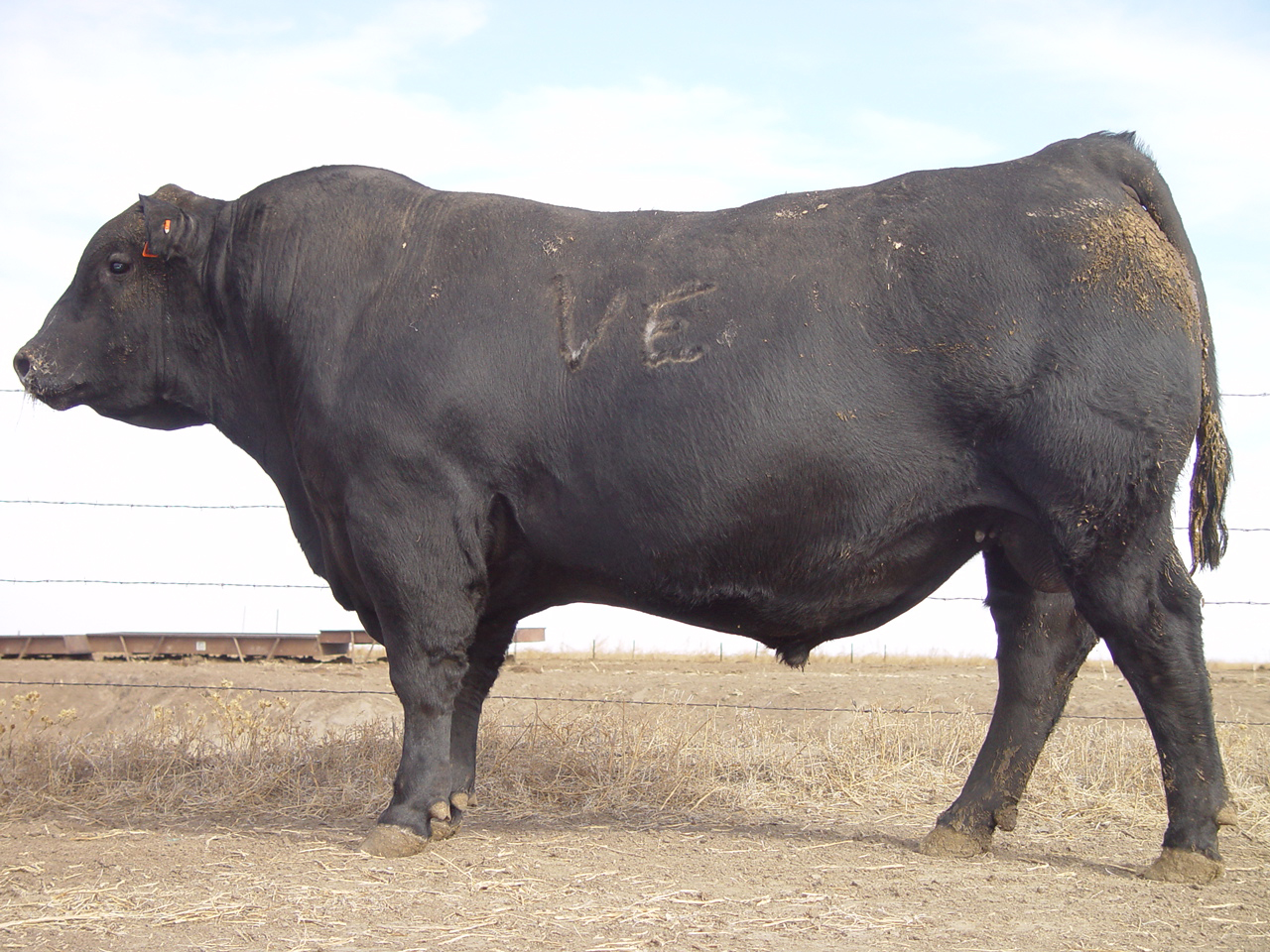At Schurrtop Angus and Charolais success is the result of paying attention to details, using formulas and not being afraid of employing the eye test.
Marty Schurr, along with his brother, Ryan, are in charge of the purebred breeding program in the southwest Nebraska communities of Maywood and Farnam. They keep bulls and half of their cows in Maywood and the remaining cows are in Farnam.
His dad started with Angus in 1961 and over time the family used Charolais bulls on commercial cows and then began buying Charolais bulls for personal customers. They bought their own herd in the early 1980s.
The Schurrtop operation has two bull sales a year, one in the fall and one in the spring. They also sell cattle by private treaty. Marty likes the versatility of the two breeds. They are unique and complement each other well.
“They are two good breeds. We feed quite a few cattle, too, and we want to give back the best to our customers.”
By crossing the two breeds, he said, it provides offspring that are consistent, high performing and feed efficient.

“All of our genetics are feed efficiency tested.”
They are GrowSafe proxy proven, he said. The animals have gained weight above the cost of feed. The result has been cattle showing 4.7 pounds per daily gain compared to feed consumption of 4.5 pounds per day. Quality genetics is the key to success, Marty said.
“Our goal is to have the most profitable customers in the industry. If our customer doesn’t make money then there isn’t much use for us either.”
Responsible genetics means a program that covers many details. All cattle they breed are sold on a grid, he said, which provides quantifiable results.
Challenges and opportunities
Drought has been a nemesis to the Schurrtop operation like it has many ranchers in the High Plains. Marty says that puts a premium on tracking expenses and finding genetics that improve efficiency.
As an example, if he can find high performing calves with a shorter gestation period it offers an opportunity for cost savings.
“If you have a higher performing calf that is born earlier with a lower birth weight you don’t have to sacrifice performance if you can do it through gestation limiting,” he said.
His advice to fellow producers is to use sources they can trust because they have a mutual interest in seeing customers—whether they are buyers or sellers—be successful. The sources need to help the customer to stay profitable and not cost him money.
Marty also believes the industry needs to press ahead with feed efficiency. Much work needs to be done, he said, noting the success of the swine and poultry industries.
Feed efficiency means using less inputs to get the same output and for producers that means more money in their pockets, he said.
“Once our customers get the daughters out of those bulls, they are efficiency proven and they can actually see it with their own eyes that the cows never get thin no matter how bad the winter is or no matter how droughty it is,” Marty said. “The cows stay in shape, breed back better and do everything better because they have a lower maintenance requirement.”
Schurr relies on the eye test in what he terms a visual appraisal of stock. He likes to see a frame that includes a natural shape and curvature plus muscle structure.
“If they don’t have that they aren’t going to last.” They won’t be successful in the feedyard or on the grid, he said. “If they don’t meet the eye test the genetics don’t matter.”
Long-term success
Efficiency is going to be paramount to success, Marty said.
“Agriculture is a commodity business and you cannot be average,” he said.
His advice to purebred breeders is that the seedstock must be measured and quantifiable.
“You are affecting the outcome of all your customers by the genetics you are providing them.”
He culls cattle based on visual and performance standards. Providing responsible genetics is a must for customers and the industry itself, he said. Ultimately it will be consumers who will be the judge.
“The only way to move forward is to have a better and safer product that customers like and want.”
Dave Bergmeier can be reached at 620-227-1822 or [email protected].




